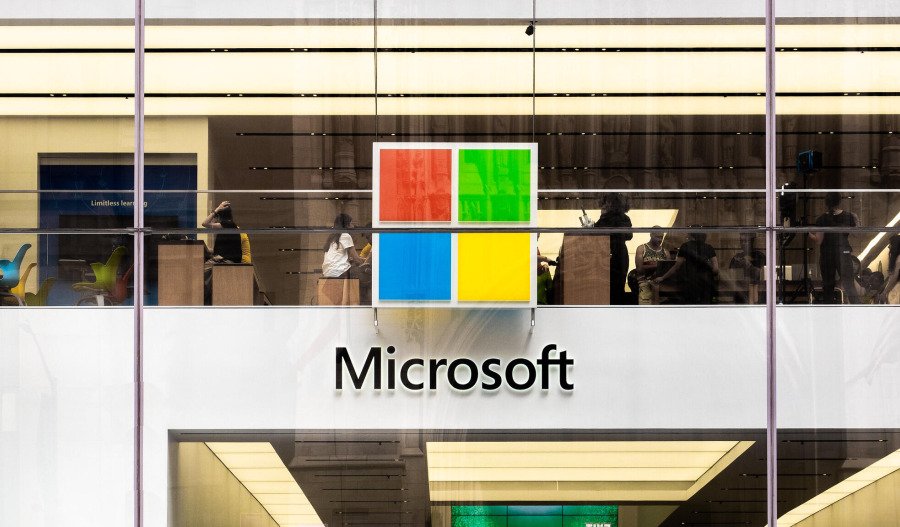Delta's industry summit reveals urgent infrastructure challenges as data centres and electric vehicles strain the grid simultaneously - and Australia's push towards digital transformation and transport electrification is creating an unprecedented energy demand crisis that could derail the nation's climate ambitions.
Industry leaders gathered at Delta Electronics' Connect summit in April painted a stark picture: AI is driving data centre power consumption through the roof, while EV adoption is outpacing charging infrastructure at pace.
The numbers tell a sobering story. Global data centre electricity demand is projected to more than double by 2030 to around 945 terawatt-hours, with AI being the most significant driver as electricity demand from AI-optimised data centres is expected to more than quadruple.
For context, that's equivalent to Japan's entire annual electricity consumption.
Data centre dilemma
Steven Yen from Delta Electronics Australia delivered perhaps the summit's most sobering assessment: traditional alternating current infrastructure simply cannot handle AI's voracious appetite for power.
His solution: immersion cooling that slashes energy consumption by 60% compared to air cooling, which highlights how dramatically the industry must pivot.
Recent research suggests AI models are becoming exponentially larger, with users potentially consuming 2.9 kilowatt-hours daily for moderate AI tasks - enough to run a microwave for over three and a half hours.
Meanwhile, Goldman Sachs forecasts global power demand from data centres will increase 50% by 2027 and by as much as 165% by the end of the decade.
The quantum computing threat compounds these challenges.
KPMG's James Mabbott warned of a projected US$7.1 billion global cost to migrate critical systems to post-quantum cryptography between 2025 and 2035 - a massive additional infrastructure burden.
Infrastructure reality check
Australia's electric vehicle revolution faces equally stark headwinds; and despite EVs representing 10.9% of new vehicle sales, the charging infrastructure remains woefully inadequate.
Origin Energy's Chau Le highlighted the brutal mathematics: to meet international climate goals, 60% of global vehicle sales must be electric by 2030.
Yet Australia's charging network resembles more of a postcode lottery than a national infrastructure.
Just 812 public DC charging stations serve the entire continent, with New South Wales leading at 229 locations - mostly concentrated around Sydney.
The rural-urban divide is particularly stark, with Western Australia's EV Network operating only 26 public charging stations across 7,000 kilometres.
Delta outlined the infrastructure challenges with uncomfortable precision: approximately 4,000 connectors serving over 244,000 EVs, reliability concerns plaguing existing chargers, and a complete absence of commercial vehicle solutions.
The company has been making a conscious effort towards producing products across batteries, energy storage and PCs and has just opened up a Perth office to address WA's electrification and EV charging shortages.
Delta Country Manager ANZ and Pacific Islands Tom Hew says decentralising the grid in Australia is a top priority to be able to ride the EV and AI wave.
“'Having these new techs being adopted is a complicated issue for the grid. It's not something that can be fixed overnight - but I think efforts to try to decentralise it will work with government help and incentives for companies to install their own batteries as related technologies are just getting better and more efficient,” Hew said.
“What would typically take, say, 10 years for them to make the money back on their battery can be reduced down to three to five years, because with decentralisation, they're getting a lot more money from feeding that energy back into the grid.”
A perfect storm
The convergence of AI and EV demand creates what industry insiders are calling a "perfect storm" for Australia's electricity grid.
Deloitte analysis suggests Australia needs eight new public EV chargers built every day until 2033 to meet projected demand, as data centres simultaneously quadruple their power appetite.
"As a company that takes its environmental commitments very seriously, it was encouraging to see such a high level of industry participation for the return of Delta Connect," Delta Country Manager Tom Hew noted.
"The findings from this year's summit have been particularly illuminating and will provide a framework for businesses and government bodies alike to leverage tech trends that can reduce our overall environmental footprint, while also finding new ways to innovate for business growth."

Paralysis or catalyst?
The Albanese government's response has been mixed. Its $154.5 million Driving the Nation Fund aims to expand EV charging networks - including 117 charging stations along highway routes.
However, these measures pale against the transformation scale required.
AirTrunk's introduction of Internal Carbon Pricing and Embodied Carbon Ratio metrics suggests industry is moving faster than policy.
Their collaborative stakeholder approach - encompassing customers, suppliers, governments, and communities - may prove the template for navigating this energy transition.
The question remains whether Australia can build the infrastructure fast enough to support both digital transformation and transport electrification without triggering grid instability or climate target abandonment.
Delta Connect's findings suggest the window for coordinated action is rapidly narrowing, with the next two years proving critical to establishing the foundation of Australia's energy future.
The summit's overarching message was clear: the transition is inevitable, but its success depends on immediate, coordinated infrastructure investment across both the digital and transport sectors.
Anything less risks stranding Australia's climate ambitions in an energy supply crisis of its own making.



